Pathways to Progress: India’s 10th Good Governance Day
Blogs Home
- 27 Dec 2023
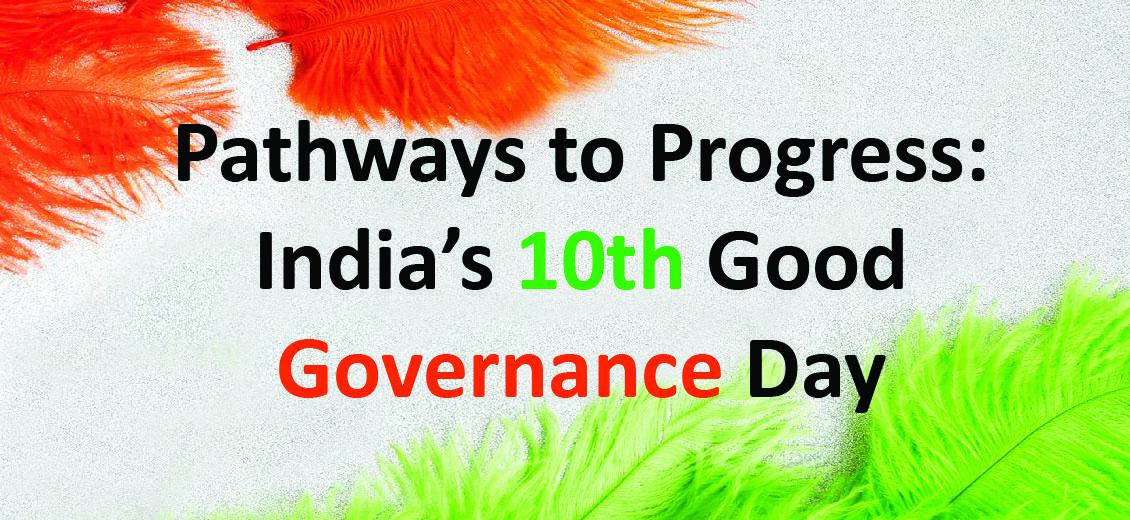
“I have a vision of India, an India free of hunger and fear, an India free of illiteracy and want”
- Atal Bihari Vajpayee
India celebrated its 10th Good Governance Day on 25th December 2023. Good Governance Day is observed every year in commemoration of the birth anniversary of India’s former Prime Minister, Atal Bihari Vajpayee. Commenced in 2014, Good Governance Day stands as a tribute to the visionary leadership of Atal Bihari Vajpayee and serves as a reminder to create a nation with effective and just governance mechanisms.
What is Understood by Governance?
Before delving into details, let us start by asking: What is governance?
The United Nations Development Programme (UNDP) describes governance as “the exercise of political, economic, and administrative authority in managing a country's affairs at all levels. Governance comprises the mechanisms, processes, and institutions through which citizens and groups articulate their interests, exercise their political rights, meet their obligations, and mediate their differences.”
According to the UN Economic and Social Commission for Asia and the Pacific (UNESCAP), Good Governance comprises eight characteristics:
a) Participation
b) Rule of law
c) Transparency
d) Responsiveness
e) Consensus oriented
f) Equity and Inclusiveness
g) Effectiveness and Efficiency
h) Accountability
Good Governance: Past and Present
The concept of good governance can be traced back to ancient India, through the principle of ‘Dharma’, where the ruler was bound by values and ethics to ensure good governance for the people. Mahabharata, Ramayana, or even Kautilya’s Arthasharata highlight the same. The key elements of Kautilya’s policy were the protection, welfare, and prosperity of the state, which resonates with the fundamental principles of good governance, accountability, and justice. Similarly, during post-independent India Jawahar Lal Nehru linked good governance with ‘the ending of poverty and ignorance and disease and inequality of opportunities’ in his famous “tryst with destiny” speech on 14 August 1947.
In the past few decades, India through its efforts and policies has indicated that socio-economic development, equal and fair representation, countering poverty, and efficient delivery of schemes and services are at the core of what it means by good governance. The inclusion of the Right to information and E-governance has also helped to enhance transparency in the system. However, to examine this development, frameworks are needed on global, national, state as well as district levels. Conversely, the Good Governance Index (GGI) serves as a comprehensive and implementable framework to assess the State of Governance across the States and UTs which enables the ranking of States/Districts.
Good Governance Index: Global and National Scenario
According to the 2023 Chandler Good Government Index (CGGI), which draws data from 35 indicators from seven governance pillars and serves as a comprehensive tool to enhance global governance performance through actionable data revealed that Singapore came out as the strongest performer and surpassed Switzerland as well as Finland’s two-year lead in the index. With Northern European nations dominating the top, the US rose to 14th, the United Arab Emirates to 20th, and Vietnam to 49th. The report highlighted that only one-third of countries moved more than two spots, with middle-income countries such as Kenya, Kyrgyz Republic, North Macedonia, and Vietnam improving their overall performance, and the high-income and low-income countries remained stable.
Furthermore, examining India's ranking reveals a downshift in the CGGI 2023, as the country slipped to the 57th position, indicating a decline of five places as compared to the last year.
India’s GGI Framework
The Department of Administration Reforms and Public Grievances (DARPG) also launched a comprehensive GGI report in 2021, being a bi-annual exercise, the process for the preparation of GGI 2020-21 was initiated after the release of the 2019 Index. The Index presents a comparative picture among the States and UTs and aims to develop a competitive spirit for improvement and development.
There are two components of the GGI framework: Sectors and Indicators. To choose indicators for assessing governance sectors, certain key principles have been designed. These include ensuring indicators are simple and measurable, they focus on both output and outcome and utilize an authentic time-series database.
Further Developments:
GGI Framework is flexible for improvements/revisions based on the need and encompasses both quantitative (official reports, dashboards, time-series publications) and qualitative (surveys among citizens, employees, etc) aspects of governance. For instance, following the positive reception of 'Citizen Centric Governance' in GGI 2019, it was selected as the tenth sector in GGI 2020-21.
In addition, the indicators where all states achieved 100% compliance were removed from GGI 2020-21 and were replaced by 16 new indicators based on state inputs and consultations. With ten sectors in total, GGI 2020-21 comprised 58 indicators.
Learnings and Takeaways
According to the latest data derived from the DARPG’s 2020-21 report, some states and UT’s have been divided into different categories based on similarities and differences between them. Below are the charts that represent the comparative changes that happened from 2019, according to the availability of data in each state and UTs.
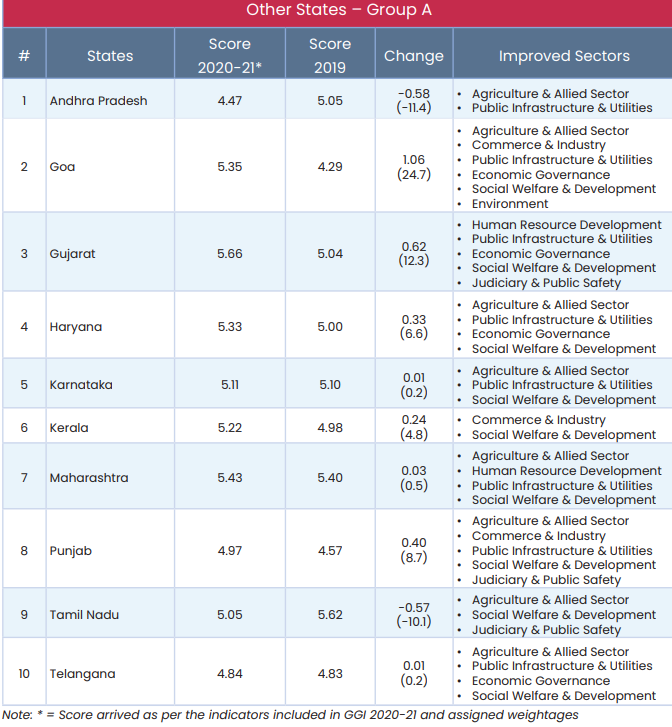 |
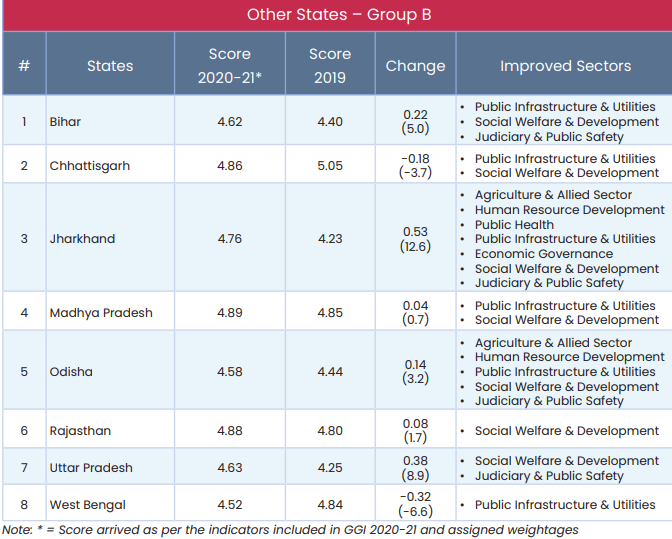 |
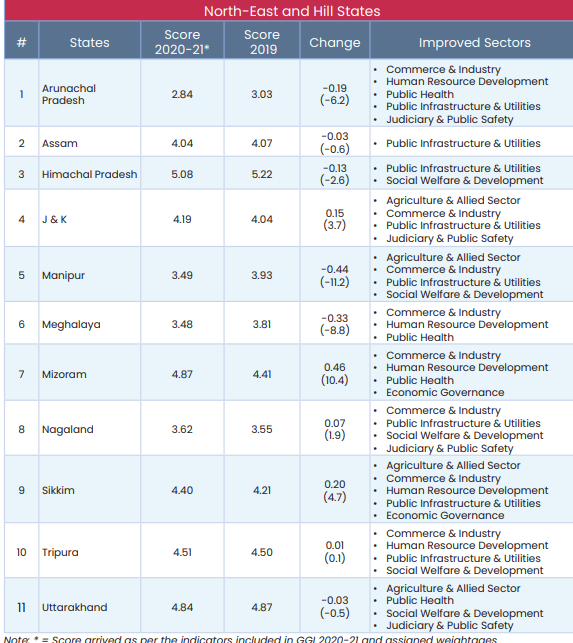 |
Going Forward
In conclusion, crafting a framework for assessing governance can be challenging given the complexity and controversies inherent in the subject. Nevertheless, flexible frameworks and indicators establish a space for revisiting and reconstructing models of governance that are consistently shaped by valuable inputs from stakeholders and citizens focused on people’s aspirations.
In the upcoming GGI index we can expect a more nuanced focus on state-level process reengineering, improved service delivery through ICT, enhanced access to information, and a more efficient grievance redressal mechanism. While it is the state's responsibility to identify and devise mechanisms for effective governance, citizens, too, play a crucial role in keeping these systems in check by embracing and exercising their fundamental rights and duties to contribute to India's socio-economic development.
References:
https://www.iosrjournals.org/iosr-jhss/papers/Vol.%2023%20Issue2/Version-2/I2302026064.pdf
https://darpg.gov.in/sites/default/files/GGI_Report_22.12.2021.pdf
India - CGGI (chandlergovernmentindex.com)
Blogs Home

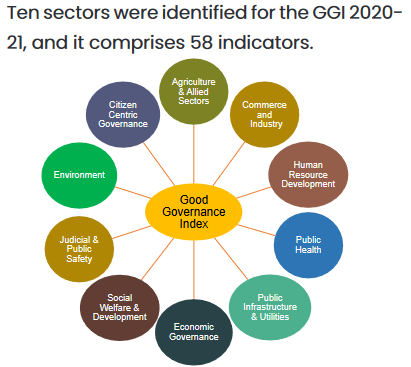
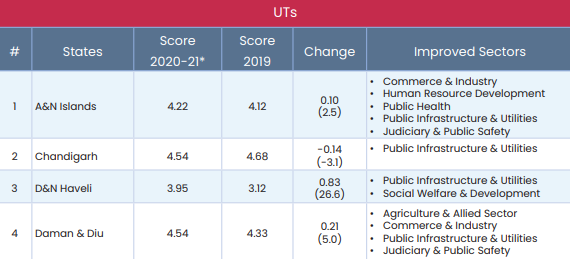
.png)



